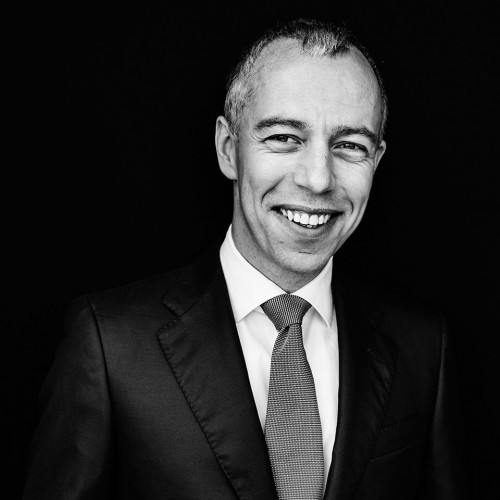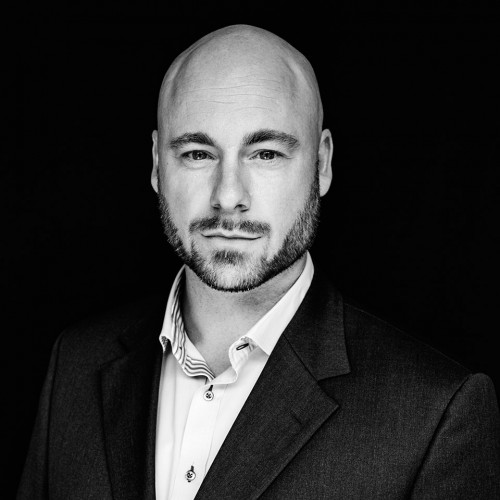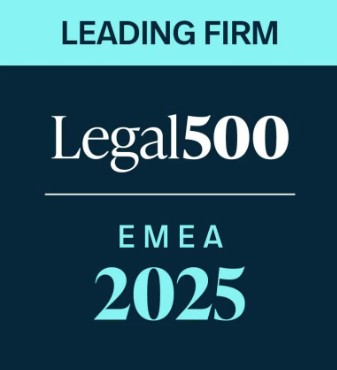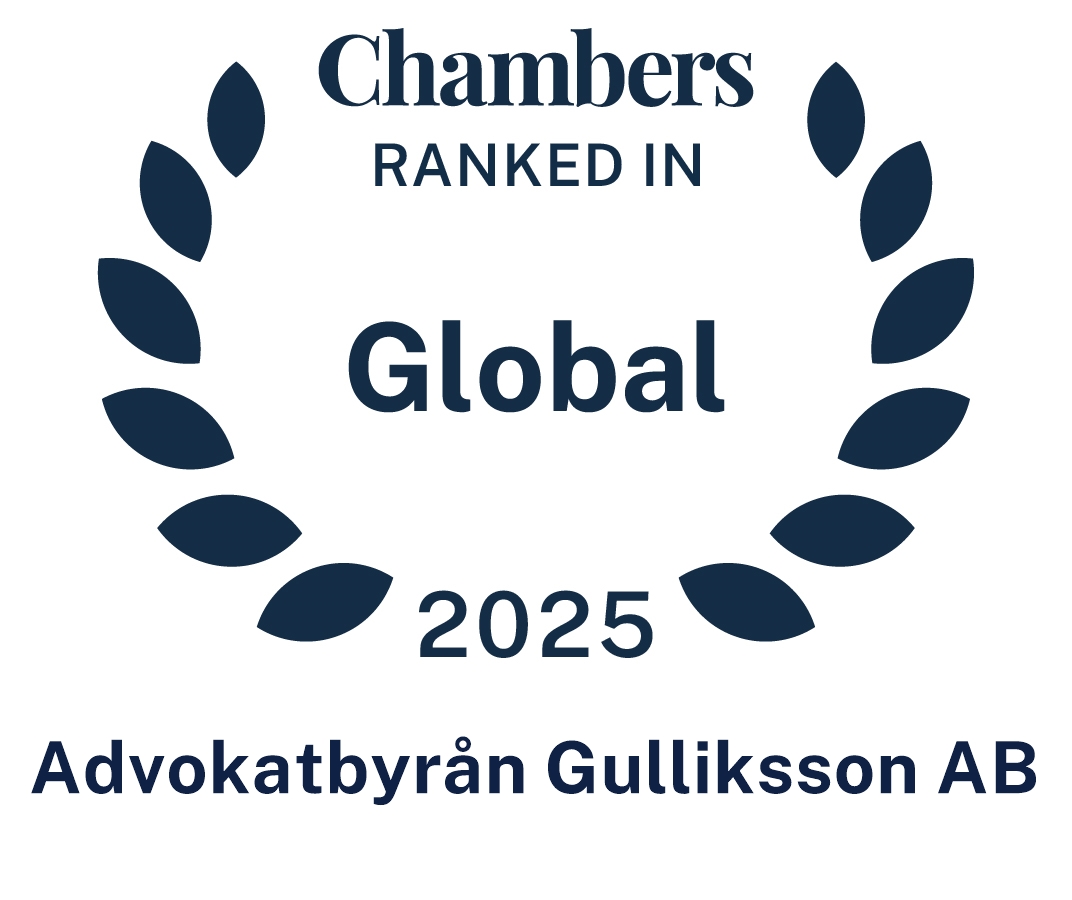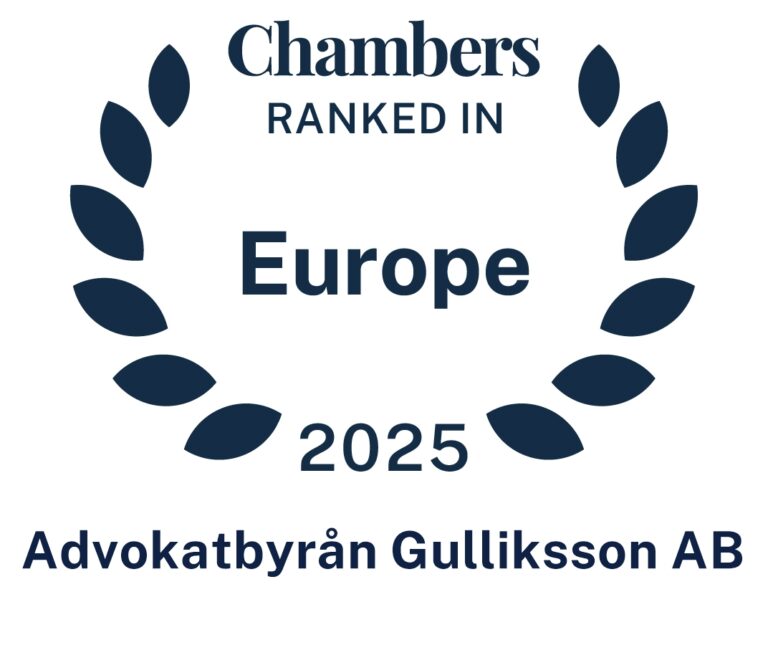Design
Appearance matters
The design of a product is an increasingly important element in distinguishing it from other products on the market. This is also true for technologically innovative products such as mobile phones, shavers, cars, etc. Design law and available registration procedures provide a simple and cost-effective way to establish legal exclusivity for product designs. This is essential to fully exploit the competitive advantage of well-developed and appealing designs.
Requirements for registration of a design
The main requirements for a design registration to be valid are that the design must be both new and distinctive. A design is considered to be new if no substantially identical design has been made available to the public before the application. A design is considered to have distinctive character if the overall impression of a knowledgeable user of the design is different from the overall impression of any other design that has been made available to the public before the application.
A design is considered to have become available to the public if it has been published in the course of a registration procedure or has otherwise become known, e.g. by display or use. If this has happened, the design is no longer new. In Sweden and within the EU, for example, there is a possibility of a twelve-month grace period for the designer to apply for registration of the design after it has become known.
It is up to the applicant to ensure that the design is both new and has distinctive character. Even a registered design can be cancelled or invalidated later if the requirements are not met.
Think carefully – before applying
Since it is the actual image material in the application that determines the scope of protection of the exclusive right, it is necessary to carefully analyse which images are to be submitted and what they should look like. How should the design be illustrated in the best possible way to maximise the effectiveness of the protection? Is it only the basic shape or should details also be protected? Should one or more applications be filed for different parts of the design? Protection will look completely different depending on how you choose to answer these questions. It is therefore important to think ahead if you want adequate and practical protection. This is especially true when it comes to proceeding with applications outside the EU, as mistakes made during the application process can almost never be corrected afterwards.
The importance of exclusive rights
A design registration in Sweden or the EU gives the holder an exclusive right to use the design and can thus prevent others from using any other design that gives the same overall impression as the registration. A design registration has the advantage, compared to other unregistered forms of protection such as copyright, that the holder receives an official decision stating that the holder is indeed the holder and what the protection covers. A design registration also makes it easier for the holder to take action against infringers by, for example, sending a cease and desist letter or applying for customs action. Anyone who uses a registered design without authorisation is guilty of infringement and can, for example, be forced to pay damages and be prohibited from continuing to market and sell the product. The exclusive right can be licensed, pledged, sold, etc. A design registration in Sweden or the EU can normally be maintained for a total of 25 years.
Several ways to protect a design
In some cases, a design-protected product can also be protected in other ways, which means that the product can receive parallel or partially overlapping protection. Copyright arises without any registration or other formality. It can cover consumer goods and industrial designs provided they are original. Sometimes the appearance of a product or packaging can also be protected by a trademark registration.
Market law can also, under certain conditions, provide protection for designs and prevent misleading imitations or parasitic copying of well-known designs. There is also another form of protection for unregistered Community designs intended, for example, for fashion goods with a very short life span. However, this only provides protection against copying and the protection is limited to only three years.
Law firm of choice for knowledge-intensive businesses
For decades, Gulliksson has worked with strategic design protection for world-leading companies at the forefront of design protection. We frequently handle cases in the borderland between protection of a technical idea and protection of design and have successfully built protection strategies through strategic use of various intellectual property rights. We help you with strategies, applications and disputes as well as licensing.
